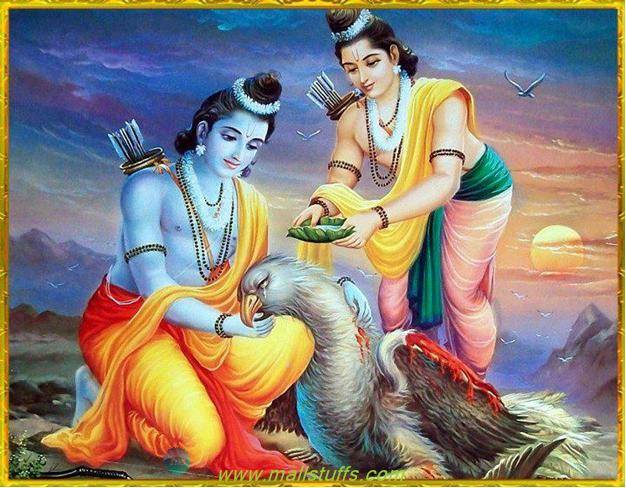


Only Rama was able to pass the test of lifting and breaking the bow. Sage Vishwamitra attended the meeting with Rama and Lakshmana. The king bet that whoever could lift and break the bow, he would be accepted by his daughter, Sita. Raja Janaka had a heavy bow which was gifted by Lord Shiva as a gift. When Sita was ready for marriage, the king arranged for her marriage. Because, in Sanskrit, the tillage line of the plow is called ‘Sita’. Overwhelmed with joy, the king nurtured the girl as a gift from God. One day while plowing, the king picked up a baby girl from a plow line. Janaka was the king of Mithila at that time. Rama and Lakshmana became strong in new education and weapons and killed all the demons that were causing trouble in the sage’s ashram. Vishwamitra imparted special weapons training and various miraculous weapons training to Rama and Lakshmana.

Lakshmana went with his elder brother, Rama. He selected sixteen-year-old Rama for the job. Once the sage Vishwamitra attended the meeting of Dasharatha and prayed to the king for help in destroying the demons that were causing trouble in his Ashram (hermitage). The four princes excelled in weaponry and science. Vishnu took the form of a human being and incarnated in order to kill an oppressive demon king named Ravana. Actually the birth of Lord Rama was the appearance of Vishnu. All of them (sons) were part of Lord Vishnu. Then Kaushalya gave birth to Rama, Kaikeyi gave birth to Bharata and Sumitra gave birth to twin sons, Lakshmana and Shatrughna.

Due to his long period of childlessness, King Dasharatha performed the Putra-Kamesti Yajna or Putresti Yajna for a son. He had three queens: Kaushalya, Kaikeyi and Sumitra. Rama’s Birth And Childhoodĭasharatha was the king of Koshala kingdom, his capital was in the city of Ayodhya. Adi Kanda or Bal KandaĪdi Kanda or Bal Kanda of Valmiki Ramayana describes Rama’s birth, childhood and marriage to Sita. In these seven chapters, the life story of Rama is narrated chronologically. These are: Adi Kanda or Bal Kanda, Ayodhya Kanda, Aranya Kanda, Kishkindhya Kanda, Sundar Kanda, Lanka Kanda or Yuddha Kanda and Uttar Kanda. Valmiki Ramayana is divided into seven Kandas or chapters.


 0 kommentar(er)
0 kommentar(er)
